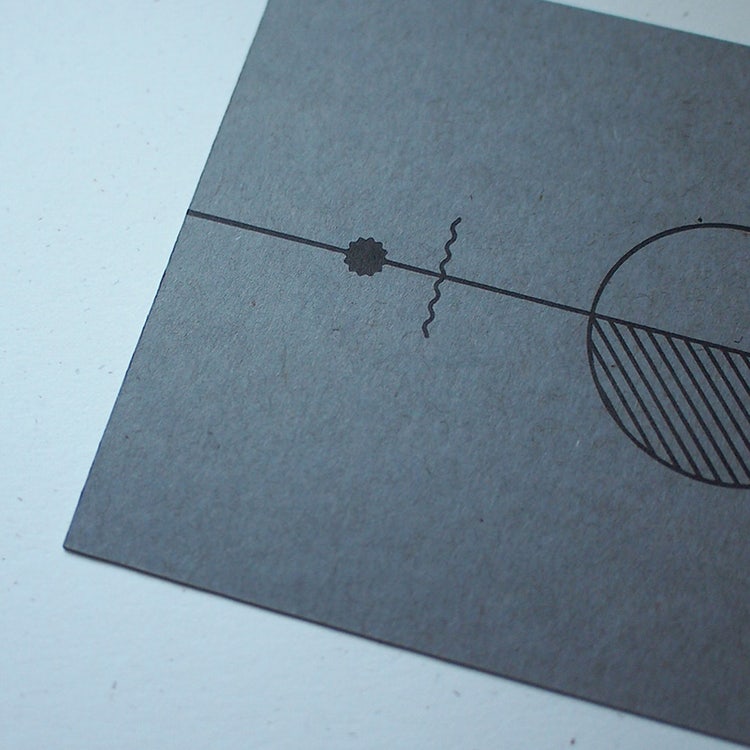Breaking the conventional blueprint of design

When I go to work, I design products with the hope that everyone in these tumultuous times, especially the marginalized, can find restoration and peace by putting their imaginations on the page. Maybe you are writing and designing an ancestral poem to post on Instagram, tapping through an app prototype for the very first time at work, building a 3D model of a donut for fun, or capturing that rooftop sunset you really needed to see after a hard week. Even if no one sees it, even if it isn’t perfect, your stories deserve to be told.
Representation and creative confidence matter
I had to fight to see myself as a designer. Growing up, I didn’t see many people like me on television screens, and we weren’t labeled as “the creative.” I’m a five-foot-one Chinese American mom with a stutter, and I’m fairly shy. I am not the conventional blueprint of a person who presents regularly to Directors, or helps determine product strategy for a major company.

A younger me would have been so excited to see someone like me developing the tools I used to make fanart and smudgy digital paintings. It would have felt revolutionary to see someone like me on a keynote stage giving a speech to hundreds or thousands of people in an audience and online. If I had, me younger self would have believed that even I could move others with a string of sentences, or help folks express and share their creative visions.

Presenting live on stage at Adobe MAX 2017
I’m forever fascinated by the stories around us, especially the ones that would otherwise go untold. And I want to be a part of the work that raises those voices up — both in my personal creative practice as well as in my professional life.
“I’m a five-foot-one Chinese-American mom with a stutter, and I’m fairly shy. I am not the conventional blueprint of a person who presents regularly to Directors, or helps determine product strategy for a major company.”
My day job
Officially, my title at Adobe is Senior Staff Designer. Describing what I do is a bit more complicated: I visualize concepts to help my team agree and make decisions about the Adobe products we build. I gather context, research, and feedback — and yes, I push pixels, meaning, I spend a good portion of my time moving little digital lines and icons around my computer screen to build out concepts into the features our customers will use every day.
I’ve worked on many teams and products in my four years at Adobe, including apps like Adobe XD, as well as other “horizontal teams” that touch many apps and services, like for example, the Creative Cloud Desktop app. In my current design role, I’m often working on multiple projects all across the Adobe ecosystem, and it’s important that I can jump in and get up to speed quickly. I begin by working with a core team of product managers and engineers to define precise user problems and goals. That includes creating a vision that we can rally around — not just a simple list of requirements, but a crisply communicated philosophy on why the work matters, something that excites our customers as much as our bosses.
I love beautiful typography, and when every back button, system setting, and title is in just the right place, but my favorite part of the job is the potential for real customer impact, for healing. I want to help people pull their creative ideas from the ether. I want to help them visualize and share their own realities, whether they have been drawing since they could pick up a pencil, or haven’t touched one in decades.
Choosing design
I initially got into design because I didn’t want to choose a career. It seemed like you could design for anything if you learned the basic rules — whether you were designing cars, book interiors, labels for snacks, or posters for social causes. Design has been a great fit for my restless mind, and the skills have provided me with the opportunity to work on all sorts of things over my fifteen-year career…including book interiors and a few of those posters.



Outside the office, I do all sorts of things besides design. I make lost-wax jewelry, which involves creating a pattern and a mold, then pouring molten metal into the mold.

Image via Ash Huang
I dabble in watercolor and oils, plus I’m a big fan of the fiber arts (working with synthetic fiber, yarn, etc.) and own a tabletop loom. My biggest creative alter ego is writing. I mostly write speculative fiction and dream up worlds where we are telepaths, shapeshifters, time travelers. When I create my own havens, I make space to interrogate my past, my hurts, everything that’s happened to me. I create my own path to persevere.
And I want to help others do the same, especially those who've wanted to create something but have been discouraged and lost their creative confidence, whether by an unkind word or by the very tools themselves. Traditionally, creative tools aren’t always welcoming. Creating things on screens is my actual livelihood, and even I sometimes feel threatened by rows of 6pt font and jargon that I’m too afraid to Google.
There are so many passionate people at Adobe who understand the importance of self-expression and the arts. Like any big company, yes — there are tangles to unfurl, but my peers know the stakes of getting the work right, the culture and stories we can unlock. Many of us are artists first, and we bring that fire into the work. We are trying to build a more expressive world, where every teenager making a graphic for a shirt or a retiree curious about photography, can find their voice.